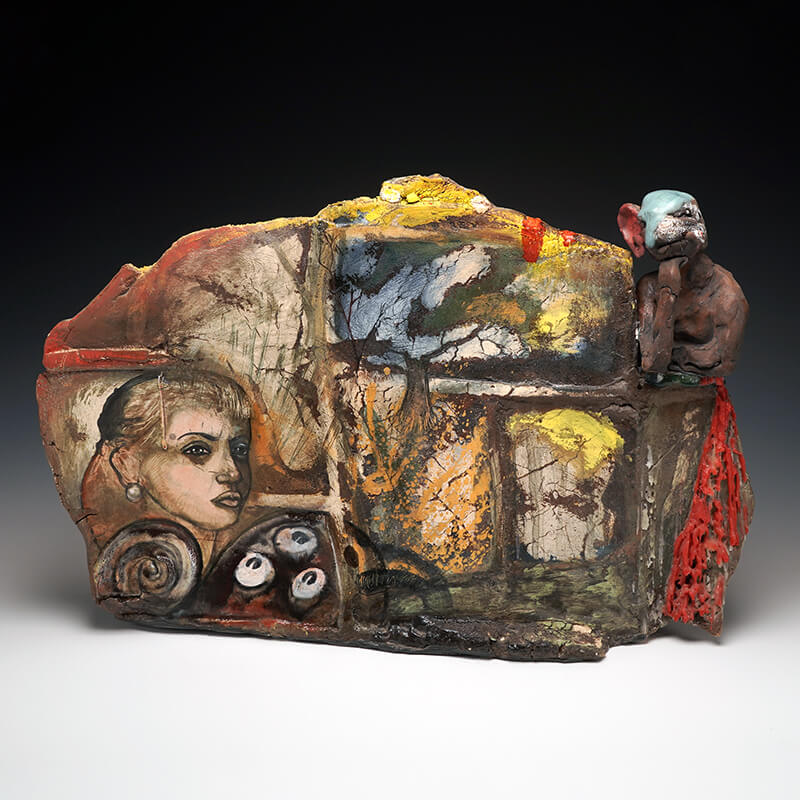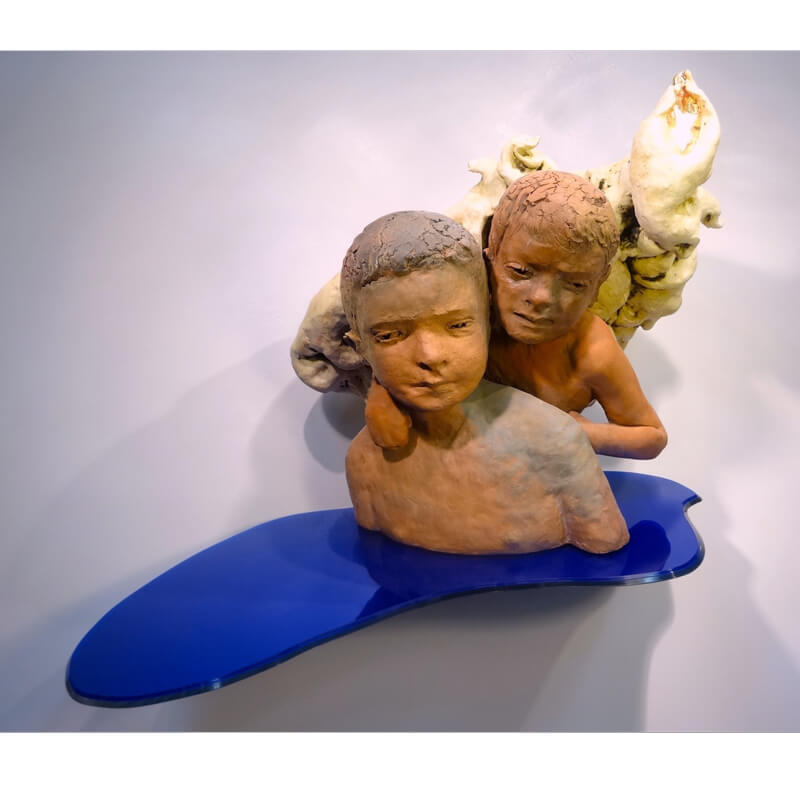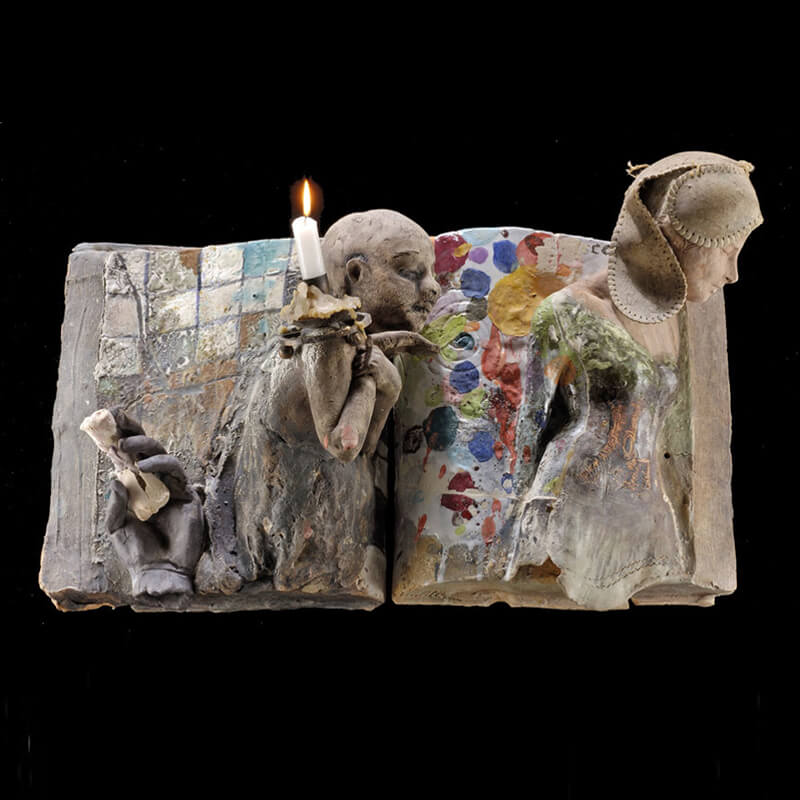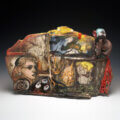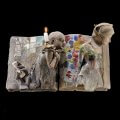
Red Lodge Clay Center, Short-Term Resident (ASPN Mentor) 2022
Arthur Gonzalez is an internationally exhibiting artist with over fifty one-person shows in the last forty years, including eight in Manhattan, New York. He has received many awards including the Virginia Groot Foundation twice and is an unprecedented four-time recipient of the National Endowment of the Arts Fellowship within a ten-year period. He is also in numerous public collections including the Museum of Modern Ceramic Art in Gifu, Japan, the Smithsonian Archives of American Art, the Oakland Museum of California and also the Crocker Art Museum in Sacramento.
Arthur is a tenured Professor at the California College of the Arts (formerly CCAC). He has been an artist-in-residence in many places including University of Georgia, Athens; Louisiana State University, Baton Rouge; Penland School of Craft, North Carolina; University of Akron in Ohio; Tainan National University in Taiwan; Pilchuck Glass School in Seattle, Washington; and the Archie Bray Foundation in Helena, Montana.
I am a symbolist. The content of the work that I make comes from a symbolist
mentality. In respect to the oldest usage of art, the work poses questions
regarding the unknowns of day-to-day life. All of my work has the specific
intent of conveying a personal complexity that challenges the viewer by walking
into a kind of mystery through the appearance of a narrative. However, instead
of narrative, per se, the subjects are more like symbols-in-action, presenting a
situation that, although alludes to a narrative, is more like activated
metaphors.
The current series that I am working on is called “The Fence in the Hole”. This is
a series of work where I am investigating the usage of flat planes of organic
shapes that co-exist with the figure. The attempt is to marry the two forms to
create new compositions. The quest is to show different examples of this devise
and how the flat plane becomes a stand-in for missing objects. With each piece,
the dynamics between subjects and plane are different. This is a standard
problem that I pose to the work: given a set of criteria, how many different
answers can I discover?

